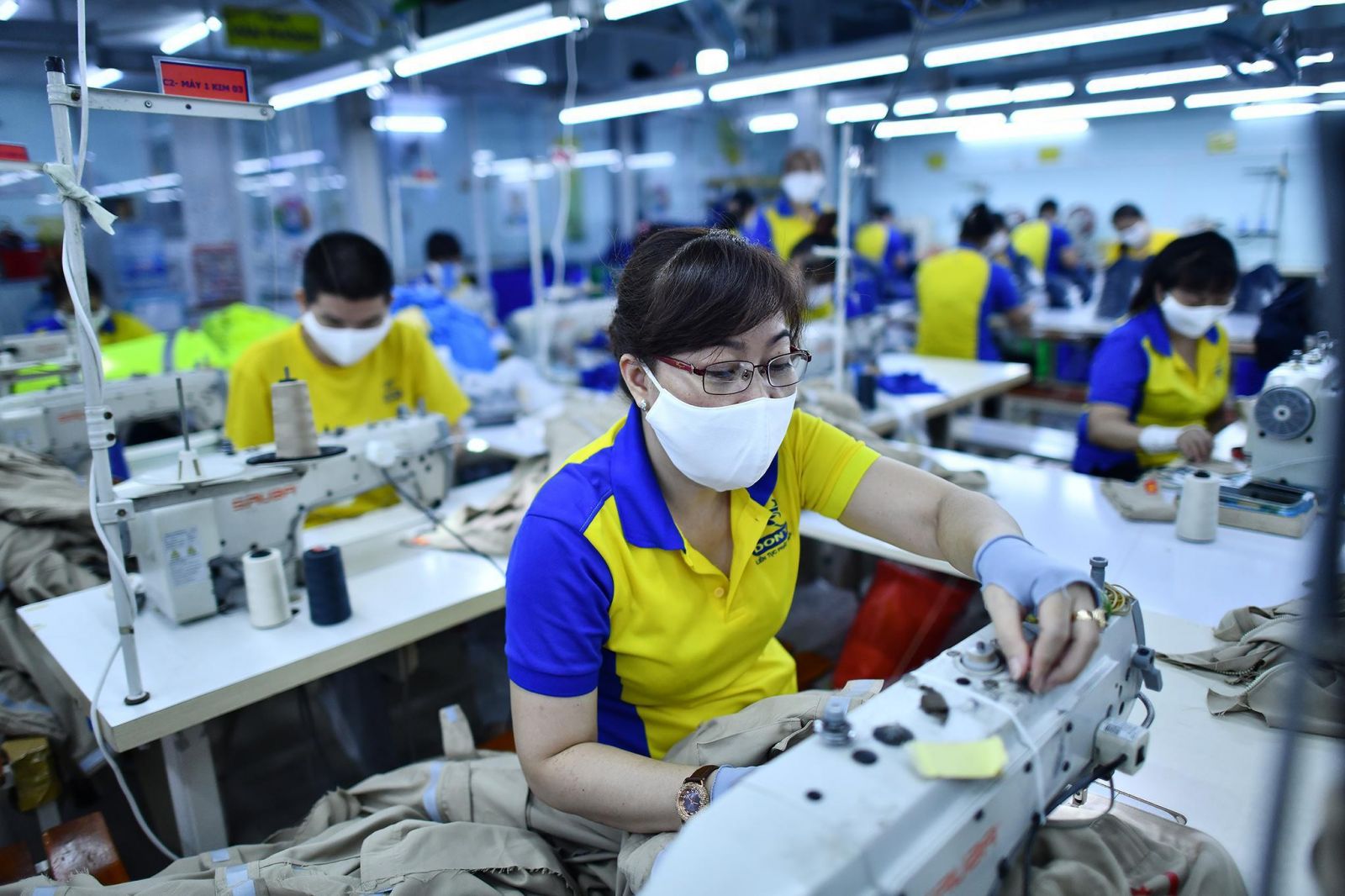Positive signs for Vietnam's year-end economic growth
The pressure on Vietnam's economic growth in the last months of the year is intense, but businesses and investors can see some encouraging signs from predicted growth drivers.
Production has not recovered
According to the General Statistics Office, the processing and manufacturing industries in particular, and the industrial sector in general, experienced modest growth rates with corresponding value-added gains of 0.37% and 0.44% in the first six months of 2023. These numbers show a decrease in the production of key export commodities such as clothing, footwear, electronics, and wooden furniture as a result of lower worldwide demand.

The industry is a major driver of economic growth. As a result, the reduction in industrial production has had an impact on Vietnam's economic growth rate. Vietnam's economy increased by roughly 3.72% in the first six months of the year compared to the same period last year, faster than the 1.74% growth rate in the first six months of 2020 for the 2011-2023 period. This is a substantially lower growth rate than the aim.
Unfavorable company output and operations, especially manufacturing firms, are a reflection of economic growth. When credit growth is low, the economy gets more challenging. During the first half of 2023, Vietnamese banks defied global trends by decreasing the policy interest rate four times in a row. By the end of June, the average deposit interest rate had fallen by 0.7 - 0.8%, while lending rates had fallen by 1 - 1.2%.
Despite the lower interest rates, credit debt climbed by only 4.2%, reaching around 12.4 quadrillion Vietnamese dong. Meanwhile, the projected credit growth rate for 2023 is 14-15%. The annual loan limit of 11% implies that banks still have space to lend.
Positive signals
Economic analyst Nguyen Tu Anh believes that interest rates can still be reduced in the near future because Vietnam's monetary policy requires a lag for absorption. When adjustment policies are publicized in advance to allow the market to self-adjust, they are effective when adopted in other nations. In Vietnam, the market runs only when rules are in place, thus there must be a lag.
Furthermore, banks have previously mobilized enormous quantities of money at relatively high interest rates, so there must be a progressive plan to cut expenses rather than abruptly lowering interest rates.
Prime Minister Pham Minh Chinh recently directed the banking sector to implement flexible monetary policies, further loosen monetary supply, ensure credit demand, achieve appropriate credit growth, focus on lowering lending rates, and increase access to credit for production and business activities during a working session with the Vietnam Association of Small and Medium Enterprises.
Along with various macroeconomic measures that will be implemented beginning in July, such as lowering VAT and lowering automobile registration costs, economic analysts, entrepreneurs, and investors all have high expectations for more robust production and commercial activity in the last months of the year.

The anticipation for economic growth rebound stems from two additional significant causes, both of which are heavily pushed.
First, there is public investment. The distribution rate may be low in the first six months, but the latter six months are ideal for faster disbursement. Some significant public investment projects with completed procedures may be implemented, providing chances for growth in many associated businesses and sectors such as building materials, iron and steel, cement, and so on.
Second, tourism and service sectors are rebounding strongly. After six months, tourism-related service sectors such as transportation, lodging, and food and beverage continue to develop strongly, with a 7.7% gain.
Contrary to expectations, several areas are seeing an increase in tourism during the peak season this year, since airfare, which accounts for a big portion of tour packages, has dropped by 10-40% compared to 2022 and is at its lowest level in six years.
Many flight routes and destinations were still high-priced and had scarce tickets at the start of the summer tourism peak season, but in the last week, many companies have launched domestic and ASEAN travel combos at lower prices, around 20-30% lower, due to deep promotional campaigns by airlines to stimulate demand. On weekends, hotels in major tourist areas like Vietnam Hoa Binh and Ninh Binh are fully booked. This, in turn, helps to develop and strengthen allied service sectors like transportation, hotels, and consumer goods, which contribute significantly to year-end growth.








